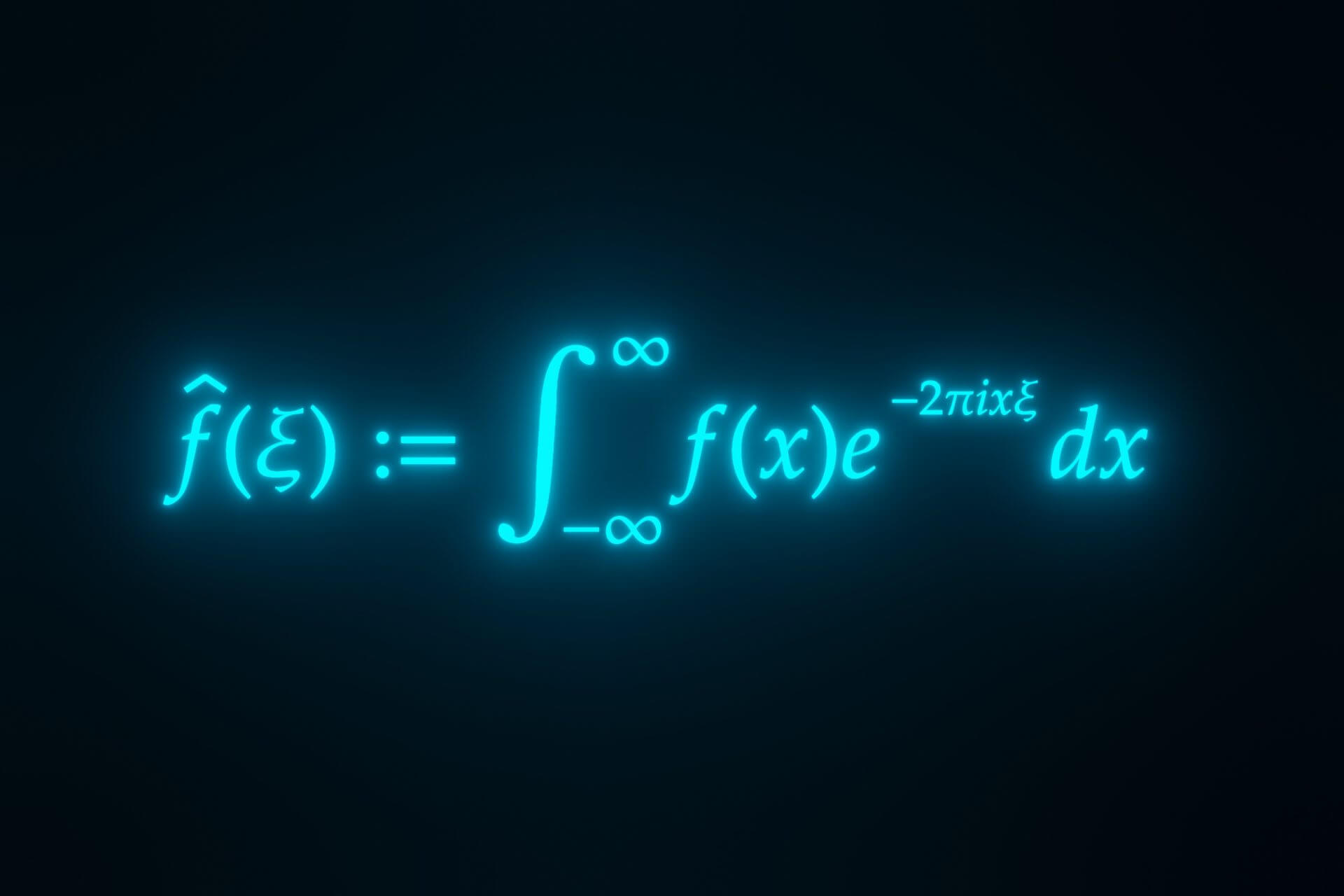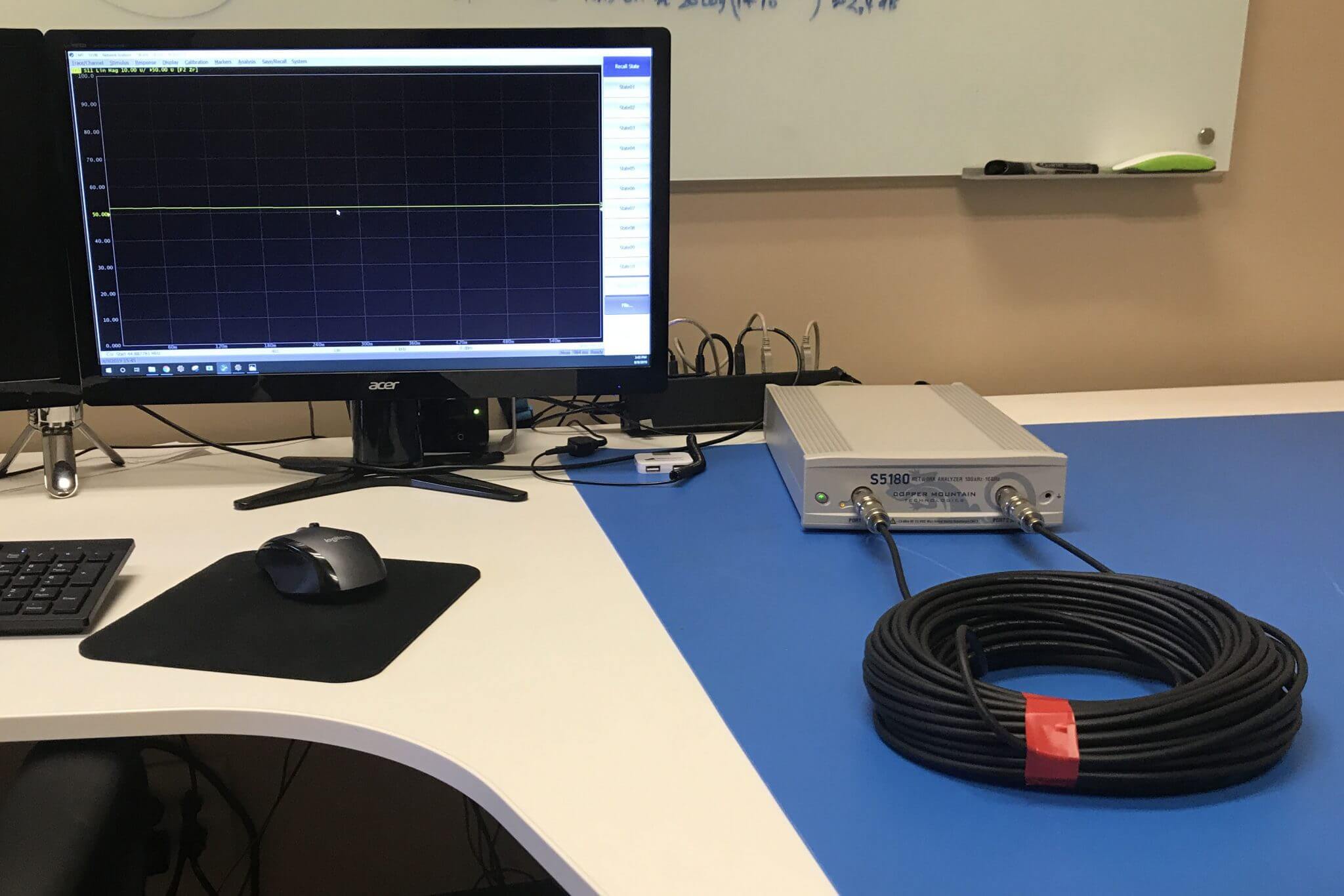
What is the Difference Between TDR and VNA Time Domain Measurement
September 18, 2023Introduction
The Vector Network Analyzer (VNA) is a versatile instrument widely used in RF (Radio Frequency) engineering for analyzing and characterizing devices such as antennas, amplifiers, and filters. Among its capabilities, VNAs offer both frequency domain (S-parameters) and time domain measurements, each serving distinct purposes in evaluating the performance and integrity of RF systems. To grasp the differences between VNA time domain measurements and traditional Time Domain Reflectometry (TDR), it’s essential to delve into their principles, methodologies, and practical applications.
Time Domain Reflectometry (TDR)
Time Domain Reflectometry is a technique originally developed for inspecting and diagnosing faults in transmission lines and cables. The foundational principle of TDR involves sending a short-duration electrical pulse down a transmission line and observing the reflections caused by impedance variations or discontinuities along its length. By analyzing the time delay and amplitude of these reflections, engineers can pinpoint the location and nature of faults, such as open circuits, short circuits, or impedance mismatches.
Methodology:
- Impulse Response: TDR traditionally uses a short, sharp voltage pulse generated by a pulse generator. This pulse travels down the transmission line and encounters changes in impedance or discontinuities.
- Reflection Analysis: The reflected signals are captured and displayed on an oscilloscope. The amplitude and time delay of these reflections provide information about the characteristics of the transmission line, such as length and the nature of faults.
- Interpretation: Engineers interpret the oscilloscope’s display to diagnose faults based on the reflected signals’ amplitude and time domain characteristics.
Applications:
– Fault Location: TDR is particularly effective in locating faults like breaks, bends, or faults in cables, connectors, and PCB traces.
– Cable Quality Assessment: It helps assess the quality and integrity of transmission lines by measuring impedance variations and losses.
VNA Time Domain Measurement
In contrast to traditional TDR, VNAs extend their capabilities beyond the frequency domain to include time domain measurements. This advancement allows VNAs to perform detailed analysis of RF systems not only in terms of transmission characteristics but also in the temporal domain, providing insights into the physical causes of potentially troublesome reflections.
Methodology:
- Frequency Domain to Time Domain Transformation: VNAs generate RF signals across a range of frequencies and measure the complex scattering parameters (S-parameters) of the device under test (DUT).
- Inverse Fourier Transform: By applying mathematical transformations (e.g., Inverse Fourier Transform or Inverse Chirp-Z Transform), VNAs convert frequency domain data into the time domain. This transformation reveals how signals propagate through the DUT over time, highlighting the physical causes of reflections.
- Time Domain Gating: VNAs allow engineers to isolate specific reflections or events in the time domain using gating techniques. This enhances the accuracy of measurements by focusing on critical signal responses and suppressing unwanted reflections.
Applications:
– Signal Integrity Analysis: VNA time domain measurements are crucial for assessing signal integrity in complex RF systems, identifying reflections, and evaluating the effectiveness of impedance matching.
– Component Characterization: They enable detailed characterization of components such as antennas and filters, revealing critical RF performance parameters.
Key Differences
- Measurement Principle:
- TDR: Relies on sending a single, short-duration impulse down the transmission line and analyzing reflections. It’s optimized for fault detection and localization.
- VNA Time Domain: Uses frequency-domain measurements across a range of frequencies to derive time-domain responses through mathematical transformations. It provides broader insights into device behavior beyond simple fault detection.
- Instrumentation:
- TDR: Typically utilizes a pulse generator and an oscilloscope. It requires specialized equipment optimized for capturing and analyzing fast, transient signals.
- VNA Time Domain: Integrates time domain capabilities into a broader suite of RF measurement functions. It combines the functionalities of a network analyzer with advanced signal-processing capabilities for time-domain analysis.
- Scope of Applications:
- TDR: Primarily used for diagnosing faults and assessing the physical integrity of transmission lines, cables, and PCB traces.
- VNA Time Domain: Applied in RF engineering for characterizing device performance, assessing signal integrity, and optimizing system design. It offers detailed insights into the reflection characteristics of a transmission line vs distance or time.
- Mathematical Processing:
- TDR: Relies on direct interpretation of reflected signals’ amplitude and timing on an oscilloscope display.
- VNA Time Domain: Involves mathematical transformations (such as an Inverse Fourier Transform) to convert frequency domain measurements into time domain representations. This enables more precise analysis and manipulation of data.
Conclusion
In summary, while both TDR and VNA time domain measurements serve the common purpose of analyzing reflections in RF systems, they differ significantly in methodology, instrumentation, and scope of applications. TDR is specialized for fault detection and characterization in transmission lines and cables using direct pulse generation and oscilloscope analysis. In contrast, VNA time domain measurements leverage sophisticated mathematical transformations and comprehensive RF measurement capabilities to provide deeper insights into device performance, signal integrity, and system optimization across a wider range of frequencies and applications in RF engineering. Thus, choosing between TDR and VNA time domain measurements depends on the specific requirements of the application, ranging from simple fault detection to comprehensive RF system analysis and optimization.
Related Post

The Inverse Chirp-Z Transform for VNA Time Domain Processing
April 19, 2024
The algorithm for computing the Inverse Chirp-Z transform is complicated and beyond the scope of this paper, but it should be clear that the method allows for analysis of time domain signals over specified ranges from frequency domain VNA measurements.

VNA Time Domain Processing
February 22, 2024
Traditionally, VNAs present their measurements in the frequency domain, where results are portrayed as a function of frequency. However, through the application of Fourier analysis, these frequency domain measurements can be transformed into the time domain, offering an alternate perspective. This transformation unveils intricate details about the temporal behavior of signals, unlocking a wealth of information crucial for in-depth analysis.

Time Domain Analysis with a CMT VNA
October 2, 2019
A Vector Network Analyzer (VNA) natively measures complex S-parameters of a device under test (DUT) in the frequency domain mode by sweeping across various frequency points. While there is an exhaustive list of measurements that can be accomplished in the standard frequency domain mode – using the advanced inverse Chirp z-transformation, the measurements can also be simultaneously analyzed in the time domain mode. This gives the added advantage where the two fundamental modes of analysis can be performed by one single instrument.


